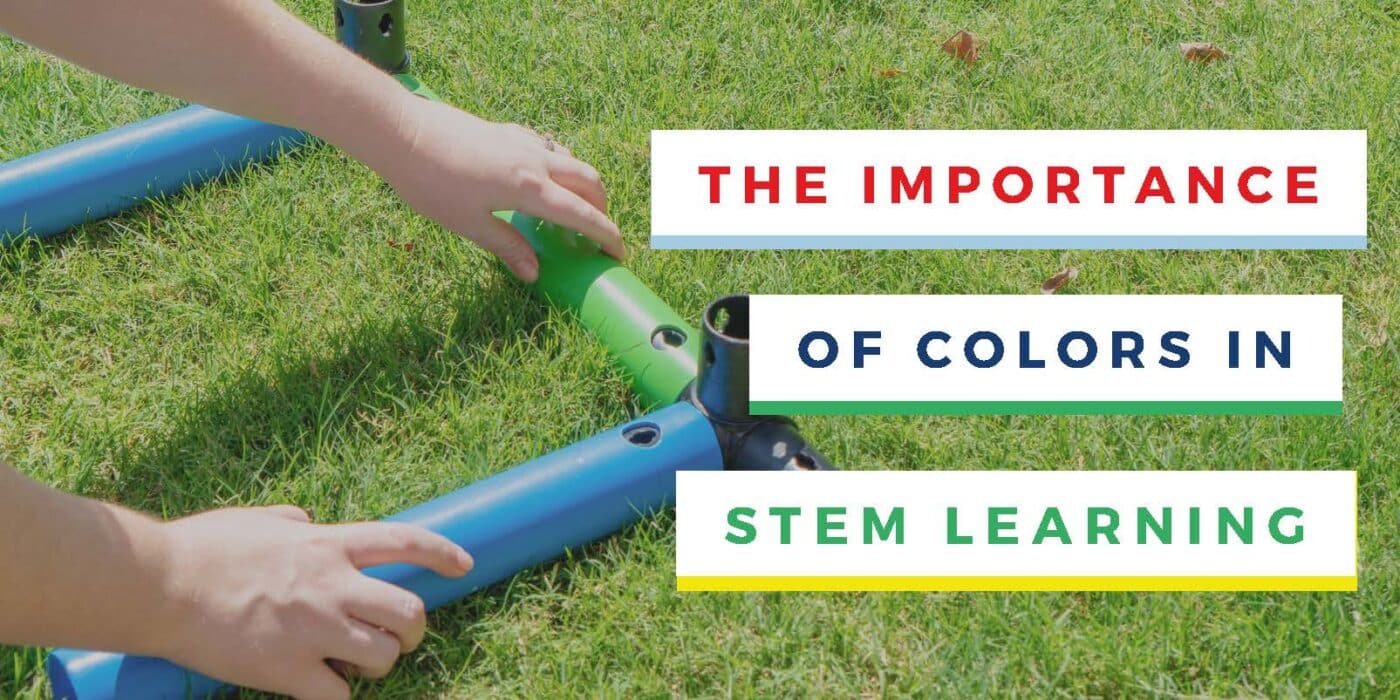
The Importance of Colors in STEM Learning
The power of communication helps people in many ways, whether verbal, written, or even in body language. On the other hand, color was created not just to make things beautiful and magical. It is a powerful tool for conveying information quickly and effectively – from highlighting keywords in written texts to providing visual cues that aid memorization and many more. So in this blog post, we will discuss how we can use color strategically in STEM education for better child engagement and retention!
Why Colors are related to STEM Education
Each child is uniquely intelligent. Some kids are better in other fields, and others are learning slowly. However, STEM education provides more chances for students to develop in the academic field and other factors. It is best for parents or teachers to motivate children at a young age to be more creative and artistic while learning and having fun simultaneously. Colors are related to STEM education because they can be used to teach problem-solving skills and construction techniques in a fun and engaging way.
Skills that Children Development by Learning Colors

Colors are an integral part of a child’s development, playing an important role in various activities. Colors, shapes, and textures help children to explore the world around them and build connections between objects, enabling them to understand their environment more fully.
- Learning about colors encourages them to sort and organize patterns while playing.
- Allows children to remember daily routines and activities more than verbal cues.
- Children can develop their understanding of geometry by constructing colorful shapes from geometric blocks
- Children learn the basics of computing through activities involving coding with construction toy sets.
- When used to describe objects or ideas, colors can help children understand abstract concepts. Using colors, such as building toys and puzzles, can enhance construction activities. For example, children may find it easier to identify certain pieces and construct or build toys or models if different colors are used to identify different parts.
- Colors provide an exciting context for learning about science, technology, engineering, and mathematics, age-appropriate for young learners. Through interactive, experiential learning with colors, kids better understand how various science concepts work together and why it’s important to think critically about design decisions when building anything.
- Colorful toys help attract more children to interact with their surroundings. Toddlers pay more particular attention to their choice of color and participate more in playing with other kids. This helps them to socialize more while playing.
- Colors aid in developing emotional intelligence and self-expression, enabling children to identify how they are feeling and communicate that effectively.
Ultimately, the use of colors in a child’s development can have many positive impacts on their overall growth and well-being.
Here are some Activities Integrated STEM Activities for Children

- Building a rubber band-powered car
- Making a seed germination project using everyday materials, crafting simple eco-friendly robots from recycled objects
- For color identification, children can unlock their cognitive milestones as they develop this in their environment. This can also help them link visual clues and words to learn and understand various situations around them.
- Encouraged students to build their own construction sets and come up with creative solutions to construction challenges.
- Led hands-on activities with students to create model bridges out of craft materials and other materials to understand the basics of structural strength.
These activities helped kids gain a deeper understanding of STEM topics as well as practical skills in problem-solving and collaboration. They also served as an introduction to robotics for many of them, which could open up new opportunities for their future studies. For every parent, it is rewarding to watch their children grow and develop more confidence in their abilities.
Conclusion
Let your kids expand the fun while catering to their developmental needs. Color is not just for the aesthetic value it brings, but it also has a physiological effect on us. In STEM education, by incorporating colors strategically, we can help children engage better with the material and retain information more effectively. Do you have any other tips on how to use color effectively in teaching? Share them with us in the comments below!
